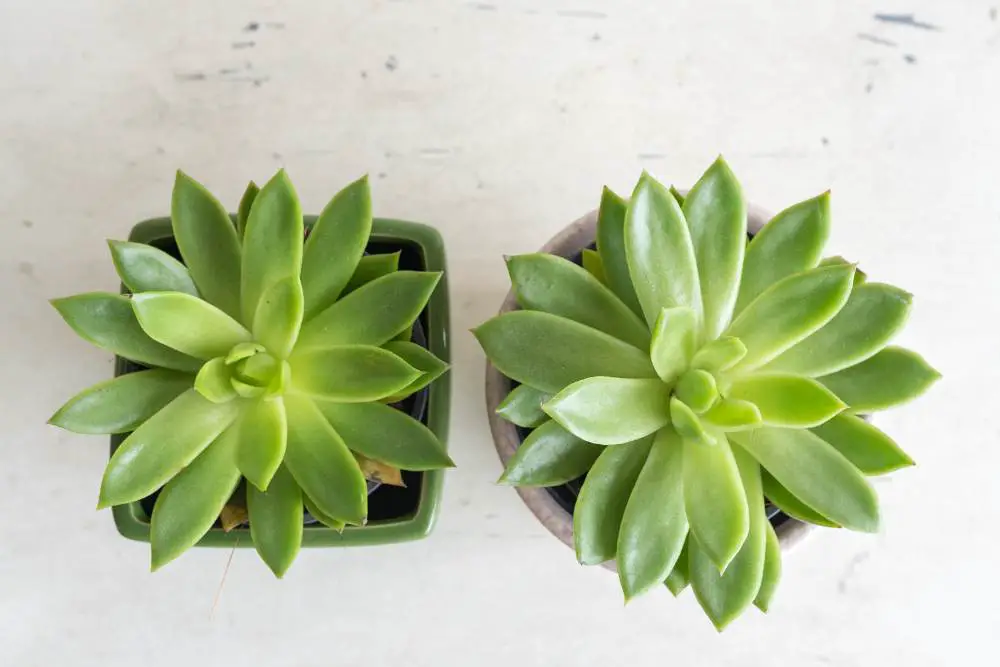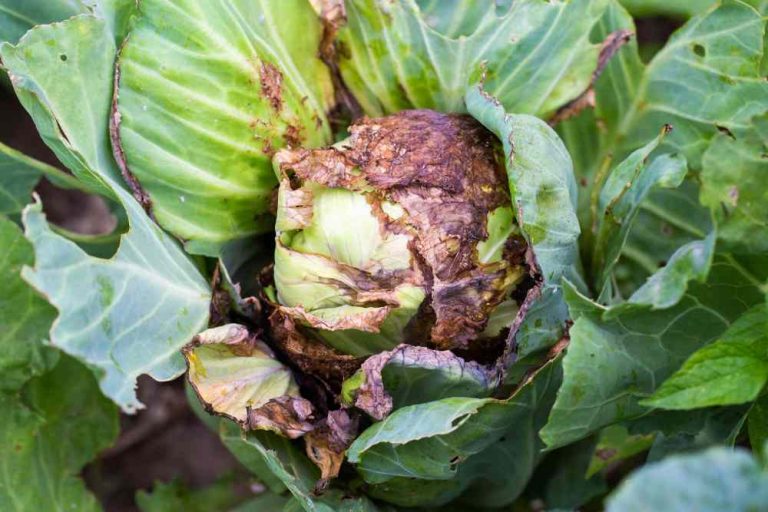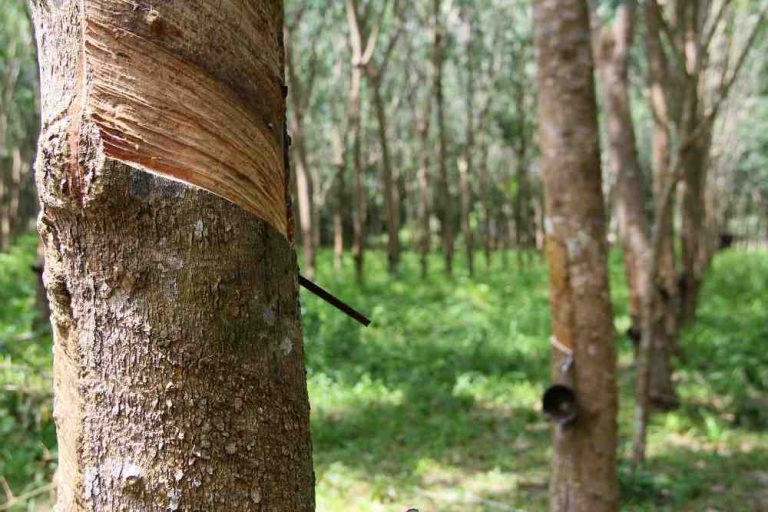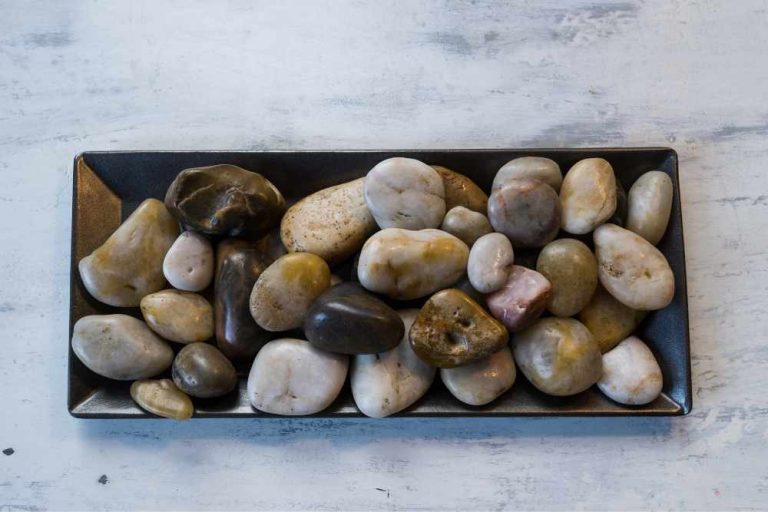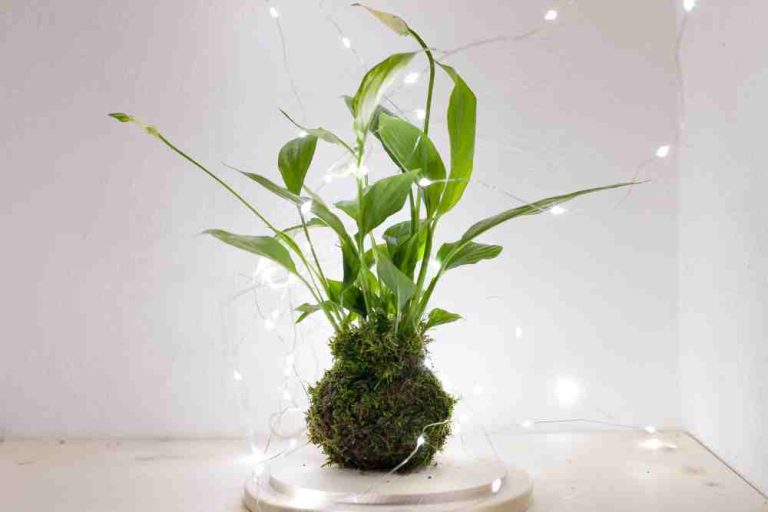How to Treat Fungus on Succulents: A Comprehensive Guide
Succulents are the easiest plants to produce because they can survive in various environments. They are the perfect plant to care for, especially if you’re a busy office worker constantly on the go because they can thrive under neglect and come in various forms, colors, and sizes. These adorable houseplants don’t care whether they go unwatered, unfertilized, or without the least amount of attention.
However, they can still get fungus and other illnesses. Because succulents are often adapted to dry climates, the main cause of this is the change in the environment. They must develop the ability to manage too much moisture. When fungus attacks your beautiful cactus, it is frustrating. Therefore it’s important to be aware of how to treat fungus on succulents. However, it may only take a few days for them to perish if they suddenly catch a fungus.
How Do Succulents Initially Get Mold?
You may frequently notice mold on your succulent plants. Understanding how mold develops in your plant will be helpful before we explain how to treat it.
– Insufficient Sunlight
Lack of sunshine is a frequent factor that can contribute to mold growth. Succulents require a lot of light. They may be exposed to up to six hours of sunshine when they are outside. If you have an indoor succulent, you must put it in the area of your house with the best lighting to ensure it receives adequate light. If the plant doesn’t get enough water, mold will likely start growing.
– Over-Watering
Anywhere that has moisture in the air can support the growth of mold. Spores can float through the air and fall on surfaces, eventually developing into mold. Mold spores are actually present all around us. Just the right conditions are required for the spores to begin developing.
If you overwater your plant, spores have access to more moisture. It can harm your plants to overwater, and it is a common cause of house plant death. Too much water in the soil prevents plants from properly absorbing oxygen. In a few ways, watering succulents differs from watering standard houseplants.
The roots stems, and leaves of succulents are larger and thicker. As a result, they can store more water and survive longer without fresh water. As a result, they resemble cacti greatly and make excellent interior plants for those who lead busy lives. You’ll be safe watering your plant once a week in the summer and other seasons with higher temperatures.
Of course, you should exercise caution, but weekly watering will be sufficient for your succulent to thrive. Make sure the pot is completely submerged in water before watering. This will ensure the succulent gets all the water required to survive. You can further combine fertilizer and water if your succulent is still developing.
You can water your succulents less regularly in cooler climates than warm ones during the colder months. Don’t worry if the soil gets a little dry; the plant can still live.
– Lack of Maintenance
If you do not adequately care for your plant, mold will develop. Succulents are very simple to maintain because they don’t need a lot of upkeep, but you still need to spend some time and effort on them. Your plant will thrive in an environment ideal for the fungus to grow if you don’t take care of it. This includes insufficient cleaning, inadequate light, and inappropriate watering.
– The Effects on Your Plants
In addition, your succulents might be able to survive a sickness that seems white and rotting at first glance. But before long, things will start to deteriorate. Specifically, when the infection spreads, your plants’ leaves may get deflated, harmed, or malformed.
These leaves may eventually turn a pale green color before turning yellow. Your beloved succulent can lose leaves, stop blooming, or even perish in severe and serious infection cases. Worse, the disease spreads rapidly and easily to other plants, necessitating an early response.
Types of Fungal Infections and How to Treat Them
After being eaten, the infestation seed frequently becomes black. A range of treatments for fungi infections, including fungicides available in stores and at home. Here are the most typical fungal infections and the best remedies for them :
Black Sooty Mold
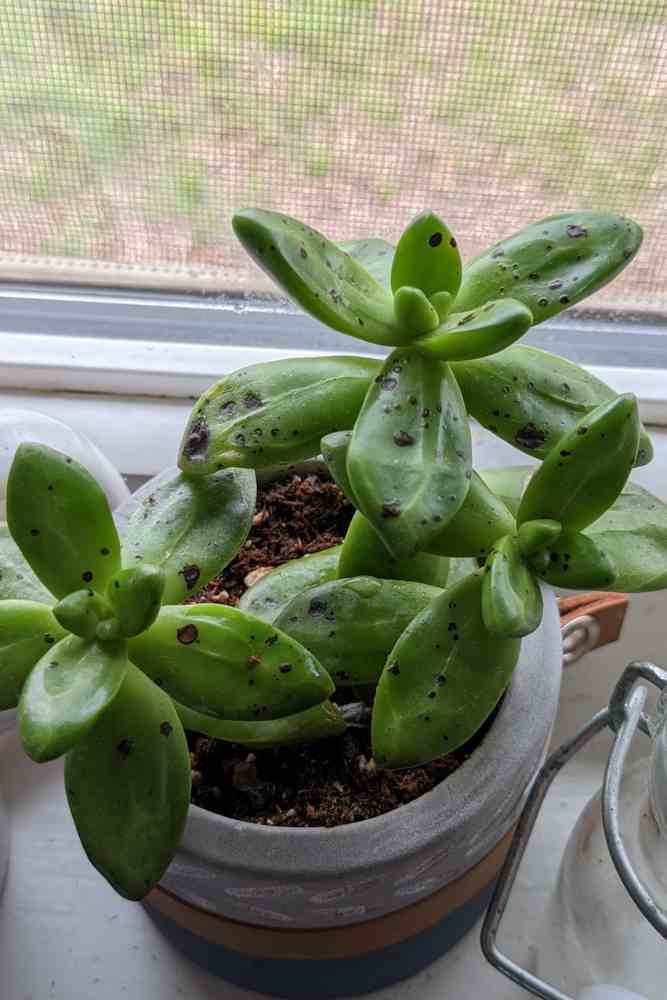
The succulents will only suffer mild damage from this fungus. Black sooty mold is the least unpleasant and most destructive fungal to succulents. If your plant has a black sooty mold infestation, it likely contains sap-sucking pests, including mealybugs, aphids, whiteflies, and scale. When it is affected, there will be a superficial fungal growth that is black or dark brown on the plant’s aerial portions. Usually, you could see them on the upper leaf surfaces.
To fix this, you could spray a solution of neem oil or horticultural oil on the surfaces where they have been damaged. In the early evening, you can do this. Neem oil is a more effective fungicide that is less toxic and less harmful overall.
Grey Mold
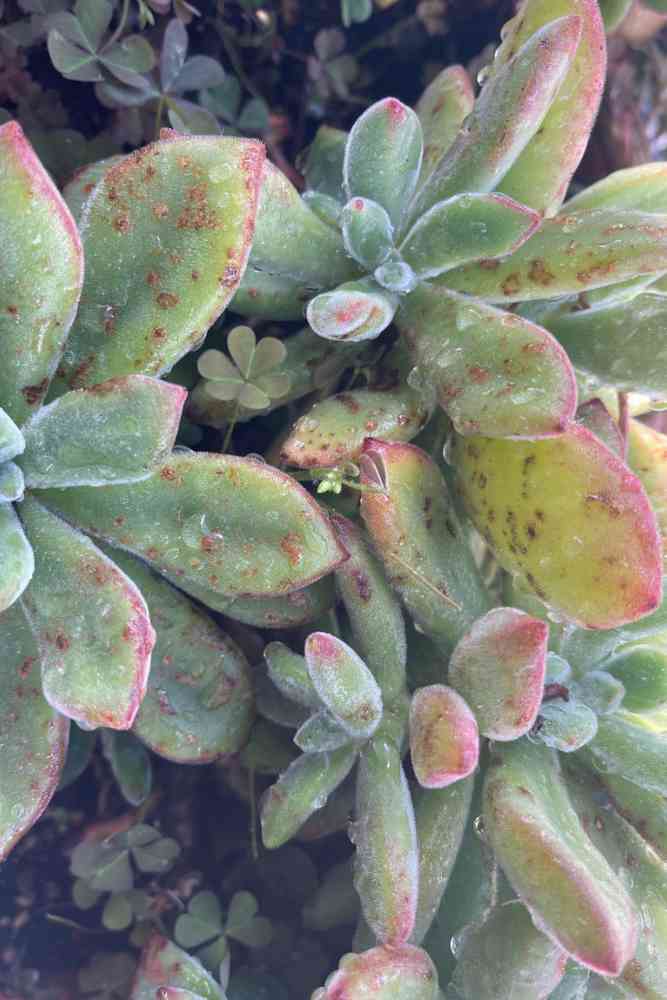
This fungus forms circular, grey-brown dots on the surface of succulent leaves and stems in its early stages, making it extremely simple to see. As the fungus spreads and develops, you will see that these spots will become fuzzier. When there is very little airflow in the room, and the weather is damp, this type of fungus is most likely to spread. In Asia, early summer is typically when the problem worsens because of the cold, rainy weather. Dishwashing soap should be applied to the contaminated areas to eliminate grey mold.
Greasers and bleach must not be included in the dishwashing soap. If the infection is severe, cutting the affected regions and refraining from watering the plant from the top are the best recommendations.
White Mold
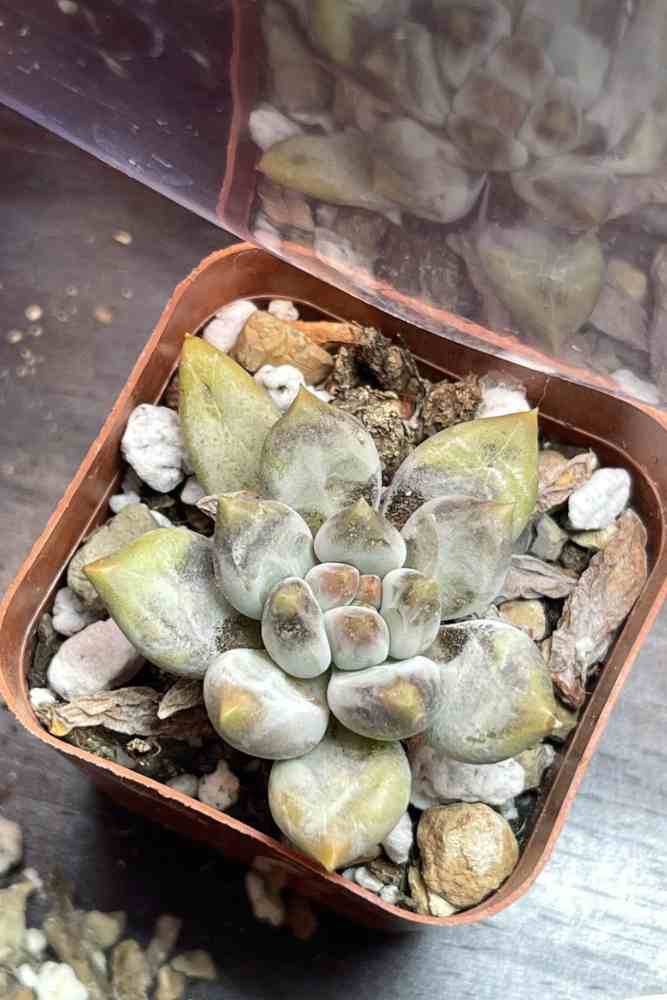
A fungal infection that causes a grayish-white covering on the leaves and stems of the plant. Use a copper fungicide to treat white mold because it kills the fungus and stops it from proliferating. The damaged plant can be treated with it using a spray bottle, and it is typically sold in garden supply stores. To avoid chemical contamination, adhere to the directions on the packaging.
Leaf Spots
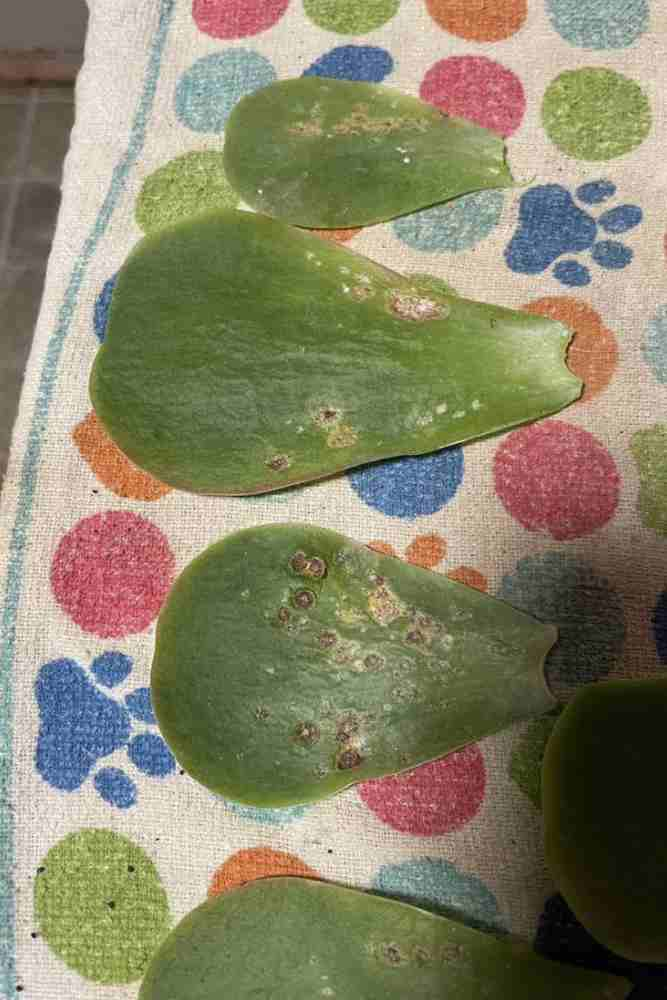
Although they are not harmful, succulents can get fungal leaf spots indoors and outdoors. What makes it annoying is that when the fungus becomes too accustomed to your plant, the small area will enlarge and start to resemble a blotch, which will probably eventually kill your plant.
A succulent with Leaf Spots can be treated in a number of safe and practical ways. You can spray your succulent with a mild solution of bicarbonate (baking soda), using 1/2 teaspoon per gallon of water, or use an all-purpose fungicide.
Powdery Mildew

It is obvious when a succulent is affected by a fungus if you encounter one, and it has a powdered appearance, almost as if there was a grey or white powdery layer on top. When the infection worsens, the spots will start to turn yellow-brown and finally black. This fungus initially appears as circular patches on the leaves, and you may start to notice white dots there.
The easiest way to eliminate Powdery Mildew is by using a plant fungicide, even though it usually disappears independently. For this, a plant fungicide works best because it eliminates Powdery Mildew without harming the plant’s soil.
Anthracnose

A group of fungi of the genus Colletotrichum is responsible for the fungi that cause anthracnose. Circular, pale, sunken, or brownish patches are the hallmarks of this type of fungus, which causes the plant tissues to dry out and stiffen like bark.
The only way to save your succulent once this fungus has attacked it is to remove its infected leaves. To prevent the spread of this fungus, it is also important to replace the contaminated plant’s soil and container.
You should also make sure that all of your instruments are completely clean. Use fungicides containing chlorothalonil, copper sprays with copper diammonia diacetate, propiconazole, and systemic fungicide thiophanate-methyl to eliminate any remaining fungal bodies and keep them under control.
Root and Crown Rots

Compared to other fungal diseases, root, and crown rots are among the hardest to diagnose. You cannot tell if your succulent has one of them because they don’t exhibit any distinctive symptoms.
For example, a plant with root rot will begin to wilt, then the leaves will start to turn brown, and finally, the stems will start to rot, causing the plant to fall over. The roots will turn brown beneath the soil’s surface and will easily separate if the soil is carefully scraped away.
In addition, fine feeder roots that are also infected with the root crown typically still have a healthy white to tan-color and can hold the root ball together. Brown spots, however, can be seen on the cortex of the roots as well as the root crown or stem base as soon as the soil is washed away from the plant.
Unfortunately, root and crown rot is not treatable. However, this can be prevented by lowering moisture. To do this, use a well-draining container and give your succulents the proper amount of water. Just enough to fulfill the requirements of your plant. Additionally, any mulch that is taller than 4 inches should be removed to avoid having your plant sit in excessively wet soil.
Fusarium Wilt
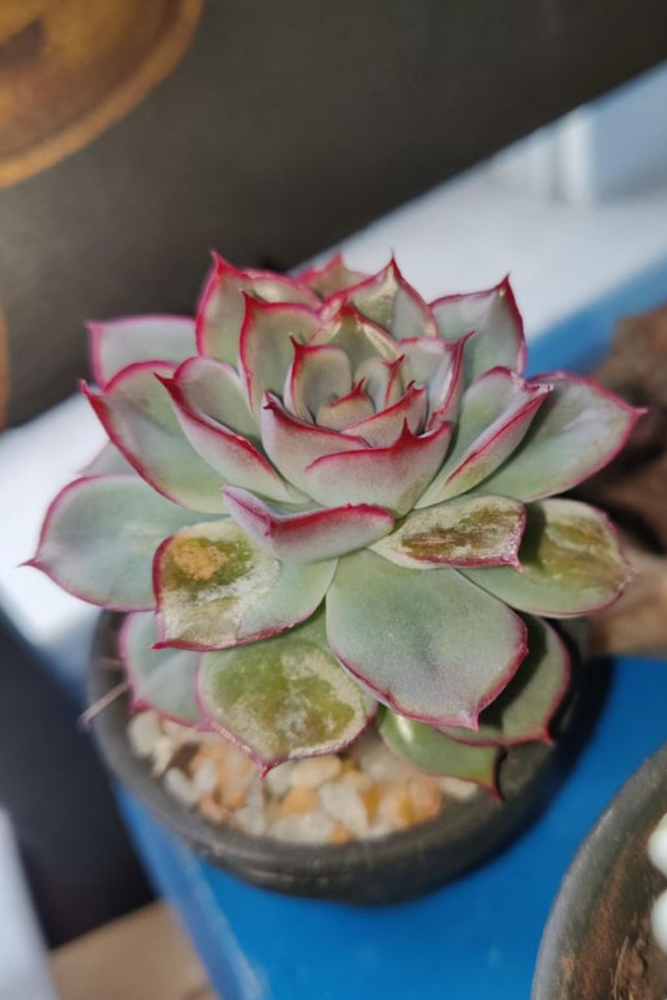
The pathogen Fusarium oxysporum is responsible for this infection. Fusarium wilt hinders succulents from absorbing water. Heavy stress, wilting, yellowing, and eventually death result from this.
This fungus gets inside the plant from the roots and grows inside the vascular tissues. As a result, tissues become clogged, and succulents cannot absorb adequate water. You can observe brown streaks if you cut an infected plant’s leaf. When working with potted plants, ensure all tools are well-cleaned and sanitized to avoid Fusarium wilt. A plant should be able to survive till it develops fresh, healthy tissue if you have a problem with a landscape succulent by receiving enough water and nutrients. To prevent future fungus growth, you should water it infrequently.
How to Remove Fungus from Succulents
The greatest thing you can do is research which succulents are especially resistant to different diseases. If you didn’t get it done in time, here are some home solutions to assist you get rid of different fungi on succulents.
1. Isolate infested plants
To stop the infection from spreading further, the basic management strategy for powdery mildew on most plants involves removing the diseased areas as soon as symptoms appear. However, this method is not good for succulents because it removes their aesthetic appeal and appearance. It is best to isolate infected plants from healthy ones to prevent disease transmission and treat infected plants with the proper fungicides.
2. Air and Sunlight
Depending on what it needs, make sure you give your plant enough air and sunlight. The fungus can be kept away from your plant by providing adequate airflow and robust, but not overbearing, sunlight. Make sure to adjust this based on your species’ requirements.
3. Selective Pruning
The fungus may spread more readily if your succulent grows out of control, especially if the pot is too small to provide the plant with nutrition. Therefore, you can stop fungus development by doing selective trimming once a year or anytime you notice damaged leaves.
3. Clean Off Dust
To prevent the dust from becoming too thick of a coating, you should frequently clean the dust off of your plants’ leaves. To completely remove this dust, periodically brush it off with a tiny, damp cloth.
4. Healthy Soil
Your soil should be healthy and suitable for the type of succulent you have indoors. Make that the soil contains the required nutrients, and feed it frequently. It should also be well-draining and have the necessary components to encourage healthy growth.
5. Avoid Overwatering
Since fungi may flourish in standing water or wet environments, overwatering is one of the simplest ways for them to spread and draw themselves to your plant. It’s vital to wait until the soil is totally dry before watering succulents again because they have a built-in system to hold water for a long enough time.
6. Use fungicidal sprays
Use of sufficient fungicides is required because powdery mildews won’t go away on their own. Many different substances have a fungicidal effect against powdery mildew. You already have some of these at home, so there’s no need to hurry to the store to buy more.
7. Neem Oil
Another practical method for you to get rid of succulent fungus is neem oil. This has the potential to be an effective fungicide and is generally safe for your plants. This approach is very useful for getting rid of soot-like black mold. Neem oil can be effectively used with other treatments to increase the effectiveness of the removal procedure. However, you must be careful not to use too much neem oil. To get rid of the fungus, just a little bit of it sprayed on the diseased region should be sufficient.
You will require two tablespoons of neem oil, one gallon of water, and a few drops of soap (ideally Castille soap that is non-detergent). Apply the mixture once weekly or every two weeks until the mildews are eliminated after thoroughly shaking it.
8. Mouthwash
You may also use mouthwash as an intriguing option to eliminate the fungus on your succulents. Combining it with some water and applying it to the affected areas might not always be effective, but it can certainly help lessen the effect.
9. Milk Spray
Even though it sounds unusual, milk can successfully remove the fungus from the succulent. It can also be used to decrease the impact on the leaves, making it a helpful way to stop the fungus from ever developing on the succulent in the first place.
The milk could also be sprayed over the leaves after being diluted with water. Your succulents can remain secure and healthy if you repeat this process a few days a week. Once it starts to warm up, this approach will be most effective. This is very useful for treating powdery mildew.
10. Baking soda
Every home needs baking soda as a basic appliance. Baking soda is a simple, affordable natural remedy for many issues, including using it as a multipurpose cleaner to cure stomach acidity. Additionally, it has never before been used in the garden; when combined with water and soap, it forms an organic fertilizer.
You will require one tablespoon of Baking soda, half a tablespoon of Castille soap, and one gallon of lukewarm water. To ensure that the active ingredients are distributed evenly, thoroughly combine the ingredients. The mixture must not contain too much baking soda because doing so could harm the leaves of the plants.
Add one tablespoon of horticultural oil to the mixture to extend the range of its function to include pest management. However, it won’t work on plants that are already infected. As a preventive measure, mix baking soda and water. It is essential to include soap or horticultural oil.
Every part of the plant, including the underside of the leaves, should receive a weekly application of the mixture. Since they are prone to burns, the treated plants shouldn’t be left out in the sun. Don’t save the remaining mixture for later use; use it now. If there has been no improvement after four weeks, enhance the mixture by adding one tablespoon of neem or jojoba oil to the mix.
11. Remove Damaged Leaves
You should cut or pull out the entire leaf from the plant and discard it if the fungus has spread throughout one or more succulent leaves. This is because if the fungal infection spreads to the other leaves, this leaf won’t be able to maintain the health of the plant and may make it worse. If the leaves are loose enough, you can pull them out with your fingers or with sterile shears.
12. Sulfur
The earliest known fungicide, elemental sulfur, has a long history of application in agriculture. It has been used for over two millennia to cure powdery mildew and rust on cultivated plants. It has been a crucial instrument for preventing plant diseases ever since the first accounts of its use date from Ancient Greece.
The ideal way to use sulfur is as a preventative measure, but it can also be used to cure already infected plants. Most plant retailers have sulfur-based fungicides. Depending on the formulation, the application method may differ; therefore, attention to the label’s directions.
Make sure to apply sulfur fungicides between 60°F and 80°F since their efficacy is temperature-dependent. Sulfur activity decreases with lower temperatures, but plant leaves might become burned at higher temperatures.
13. Chemical remedies
Involve the use of commercial fungicides, which often contain copper as the active component. Compared to natural remedies, modern treatment options typically provide more reliable outcomes. If applied too frequently, they might do too much harm to your plant. To make an informed choice, weigh the advantages and disadvantages of various treatment alternatives.
Treatment of succulent fungus is crucial. The care of succulents is simple; however, they are susceptible to fungus infestations. Regular attention and care help prevent succulent fungal diseases and maintain.
- 15 Ingenious Kitchen Garden Ideas to Cultivate Freshness Right at Home - April 7, 2024
- 10 Top Picks Best Plants for Open Terrarium - April 2, 2024
- 21 Easy and Cheap Walkway Ideas for a Charming Garden - March 31, 2024

